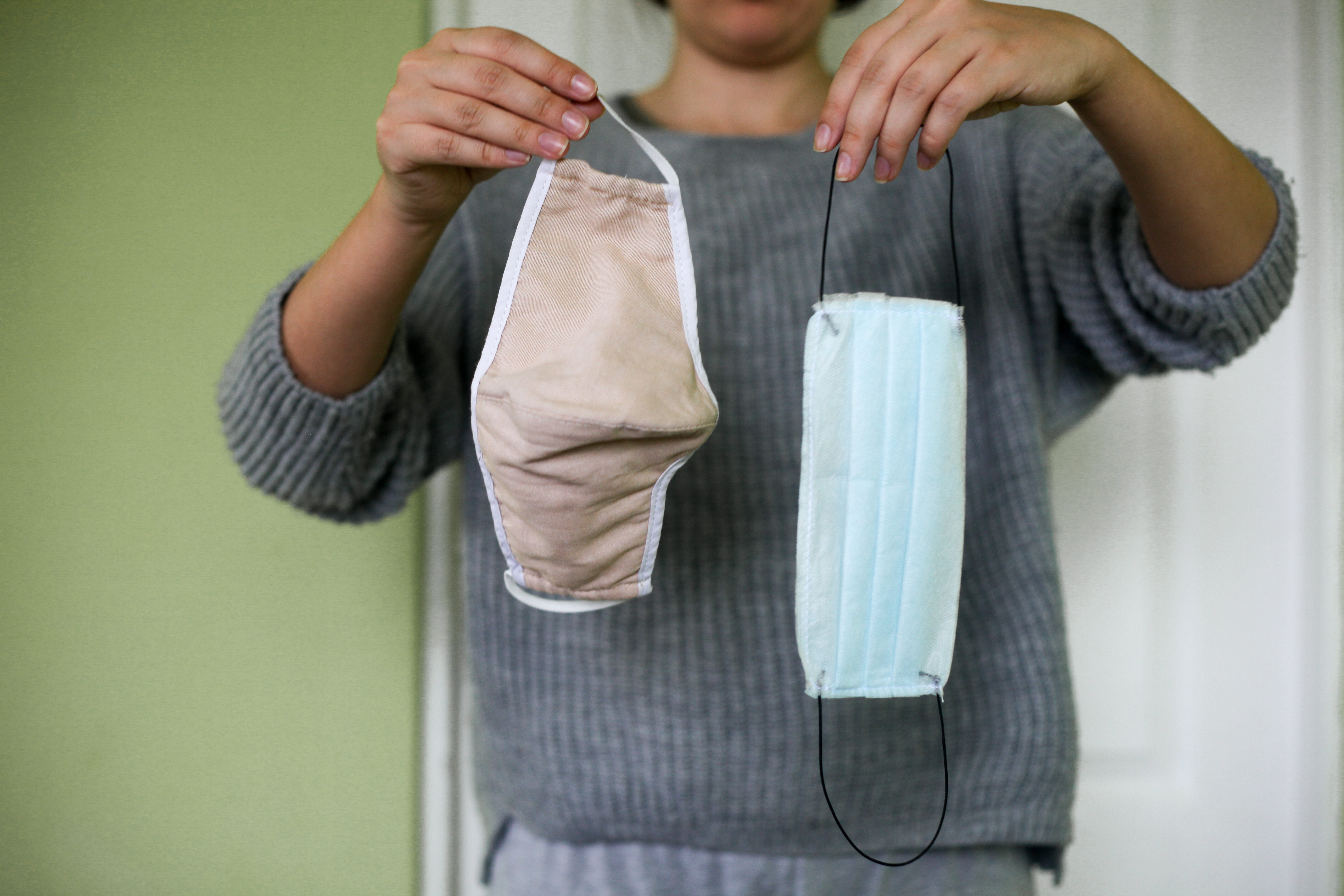The reproduction number, or R rate, of coronavirus transmission across the UK has fallen to below 1 for the first time since July, according to the latest government figures.
The key value is estimated to be between 0.7 and 0.9, scientists advising Boris Johnson have said.
R represents the average number of people each Covid-19 positive person goes on to infect.
It is positive news after weeks of lockdown because when the figure is above 1, an outbreak can grow exponentially, but when it is below 1 it means the epidemic is shrinking.
On Friday the Government Science Office (GSO) also published regional R numbers.
Here’s what the R rate is in each region
In England as a whole, the R rate is 0.7 to 0.9, while regionally it is as follows:
East of England – 0.7 to 0.9 (last week 0.7 to 0.9)
London – 0.6 to 0.8 (0.6 to 0.8)
Midlands – 0.7 to 0.9 (0.7 to 0.9)
North-east and Yorkshire – 0.8 to 0.9 (0.8 to 1.0)
North-west – 0.7 to 0.9 (0.7 to 0.9)
South-east – 0.7 to 0.8 (0.6 to 0.9)
South-west – 0.7 to 0.9 (0.7 to 0.9)
In Scotland the latest figures estimate the R rate is between 0.7 and 0.9, the same as last week.
In Wales the R rate has also remained the same, estimated to be between 0.7 and 0.9.
And in Northern Ireland it is estimated to be between 0.7 and 0.8.
R measures the number of people, on average, that each sick person will infect.
If R is greater than 1, the epidemic is generally seen to be growing; if R is less than 1 the epidemic is shrinking.
The estimate represents the situation over the past few weeks rather than a snapshot of the situation on Friday, due to the time delay between initial infection, symptoms appearing, and the need for hospital care.



